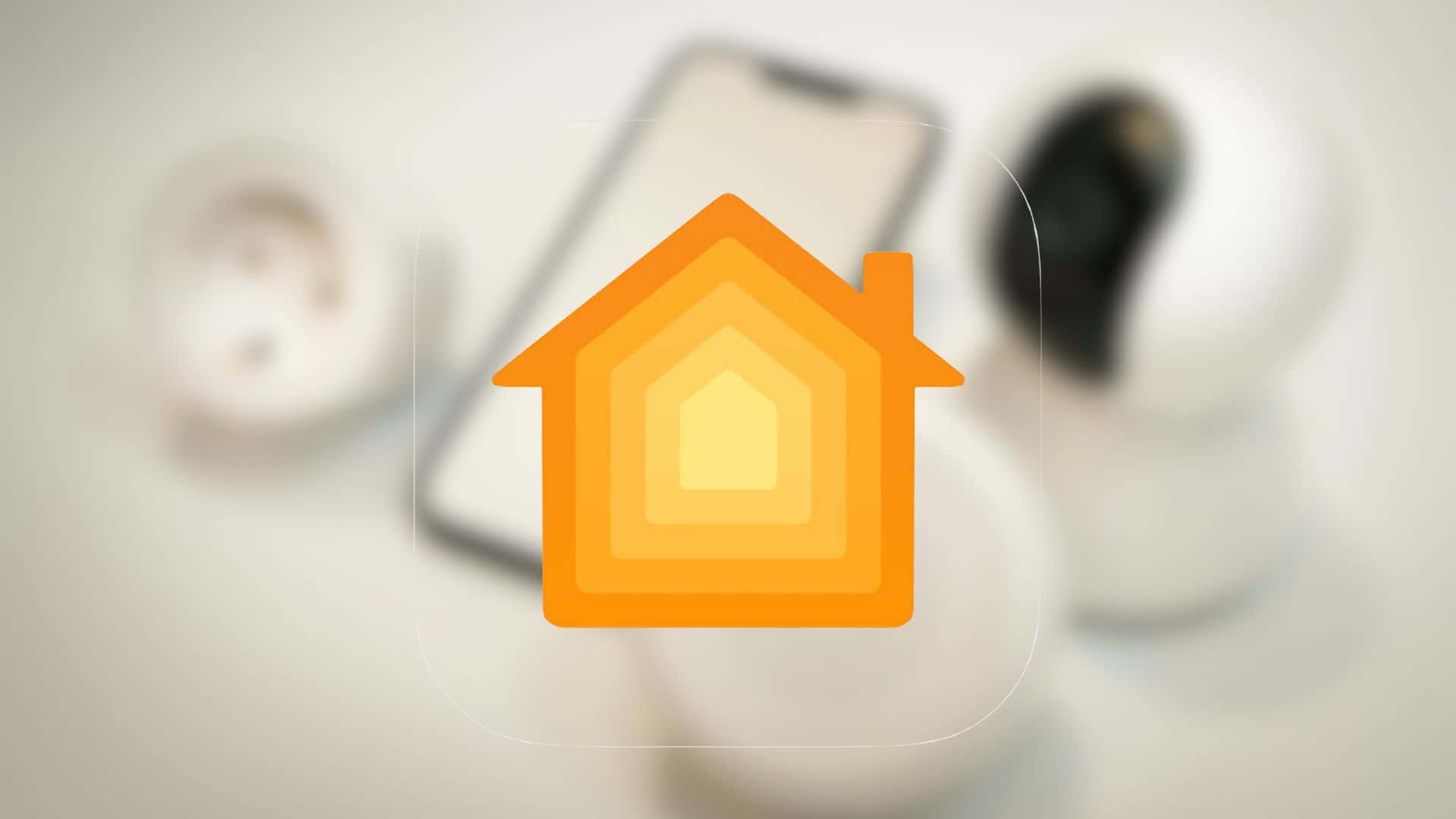**8 Neglected Tech Noises That Will Bring The Nostalgic Days Flooding Back**
Technology has made significant strides and continues to evolve at an unmatched pace as we consistently reach new milestones. Regrettably, alongside these innovations, the tech graveyard has been accumulating more and more each year, and over time, we’ve lost much of our familiarity with how things functioned — and sounded.
Though we’ve packed incredible power into contemporary hardware, the digital age still appears rather sterile, particularly since it has become almost silent. In contrast, devices from previous generations vocally expressed each task through intricate mechanisms that created unique movements and sounds, allowing us to admire the marvels of engineering within their designs.
Even if these sounds are no longer heard, memories of bygone eras will always remain, and occasionally encountering these noises again stirs nostalgia, transporting you back to more uncomplicated times. Accordingly, we’ve put together a collection of neglected tech sounds that will bring the nostalgic days flooding back.
**PlayStation 2 Intro Sound**
The PlayStation 2 is seen by many as the pinnacle of gaming consoles, and it’s likely the first entry point into the gaming universe for countless players. A core aspect of the PlayStation 2 experience was its startup screen. The introductory sound combined piano tones and bell sounds, followed by a swoosh effect against a backdrop of virtual boxes and three colored lights dancing. It was almost as if this soothing mix of various sounds was narrating a tale.
As a hidden surprise, those virtual boxes transformed into towers, illustrating the amount of time you’ve invested in booting each game. However, if the startup took too long, it served as a warning of potential issues with the console’s ability to read the inserted disc. In such cases, you were met with a red screen of death, which was quite shocking compared to the calming, futuristic intro. The intro sound still sends chills down your spine and reminds us of what the initial true next-gen gaming experience was like.
**Static Sound from Vintage Speakers During Incoming Calls**
While contemporary setups have largely transitioned to headphone configurations, desktops in the early 2000s and earlier predominantly relied on external speakers for audio output. These speakers also produced a static or crackling noise when an incoming phone call occurred. In those times, this was quite common, and some even relied on this sound as a warning that their phone was about to ring.
The true cause of this disturbance was electromagnetic interference (EMI), originating from consumer electronics (including your phone). The EMI generated by 2G networks interrupted the speakers’ amplifiers, causing that static hiss. With the rise of 5G as the new standard and the phasing out of 4G, mobile networks now function at much higher frequencies, resulting in considerably less interference with speakers, which are now better shielded against such disruptions. As annoying as it used to be, alas, we won’t experience this distortion again, and a mere echo of this sound is a reminder of the past.
**CRT TV Whine**
CRT monitors were the norm for decades before rapidly becoming obsolete as flat screens started to take over in the late 2000s. They might fall under the category of devices you’d regret disposing of, as they still have value in certain niche markets. A notable characteristic of these monitors was their emission of a high-pitched whine around 15 kHz, a frequency that is challenging for individuals over 40 to detect. The sound was exceedingly bothersome and would even continue after the sets were turned off, creating a tinnitus-like effect. Hearing this electronic whine takes us back to the past and tells the story of how far technology has advanced.
In addition to creating such noise, CRT TVs had another quirky trait. They used phosphor displays, and there was no way to determine whether they were on or off, since a display would take a few moments to turn on. Thus, this whining sound was a useful indicator of whether the device was powered on or off.
As for the high-pitched sound, CRTs utilize a flyback transformer to energize the electron gun, and at such high voltages, the coil can vibrate rapidly, producing high-frequency noises. Display technologies like OLED, LCD, and QLED are now commonplace, employing a backlight to illuminate the screen, so that whine is not heard anymore.
**Windows XP Startup Sound**
Windows XP marked a transformation of the concept of operating systems, with Microsoft focusing on enhancing user-friendliness through a comprehensive visual and audio redesign. With the tech giant striving for a polished experience, it required an ideal intro sound to greet users. Bill Brown, a renowned composer for video games, films, and television, was brought on for the task, using orchestral recordings to create the brief four-second intro. The result
Read More







